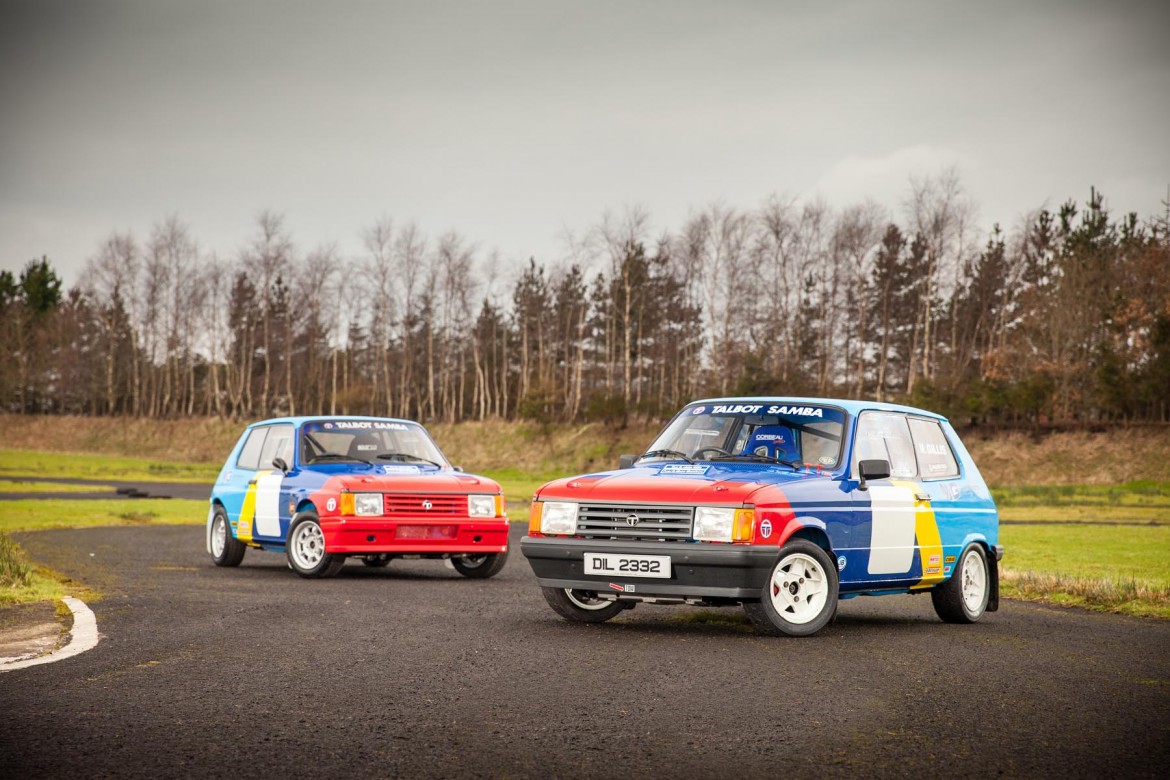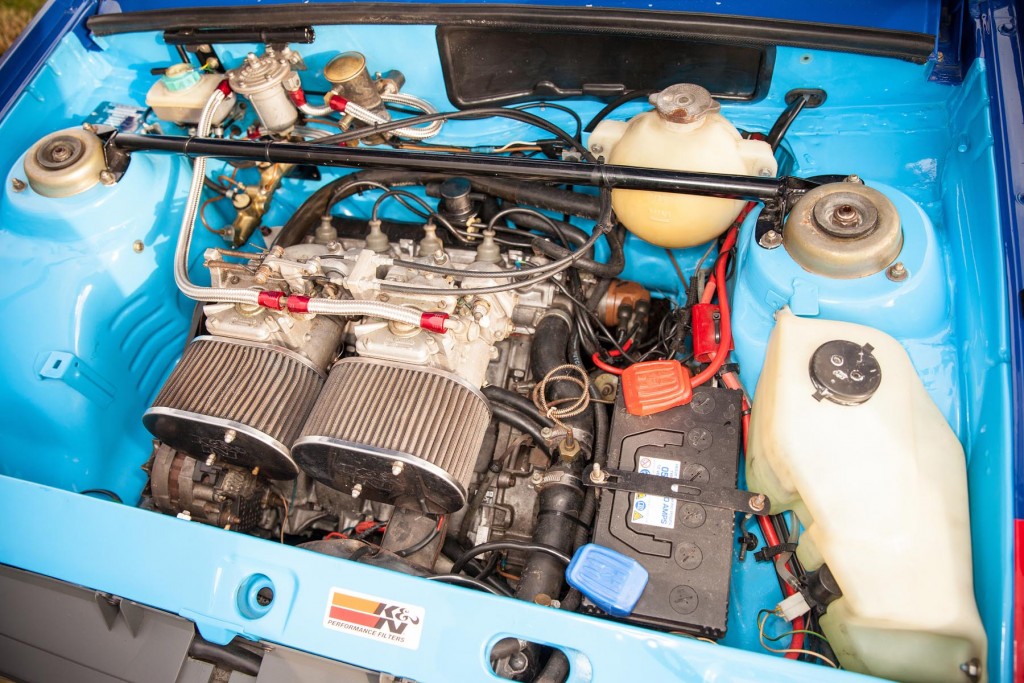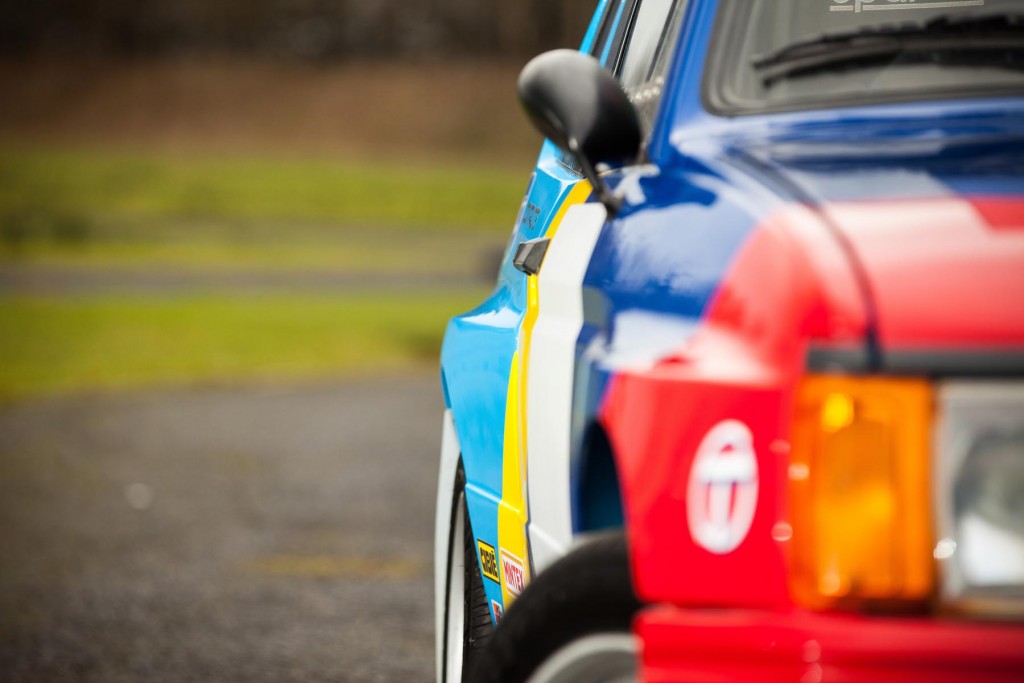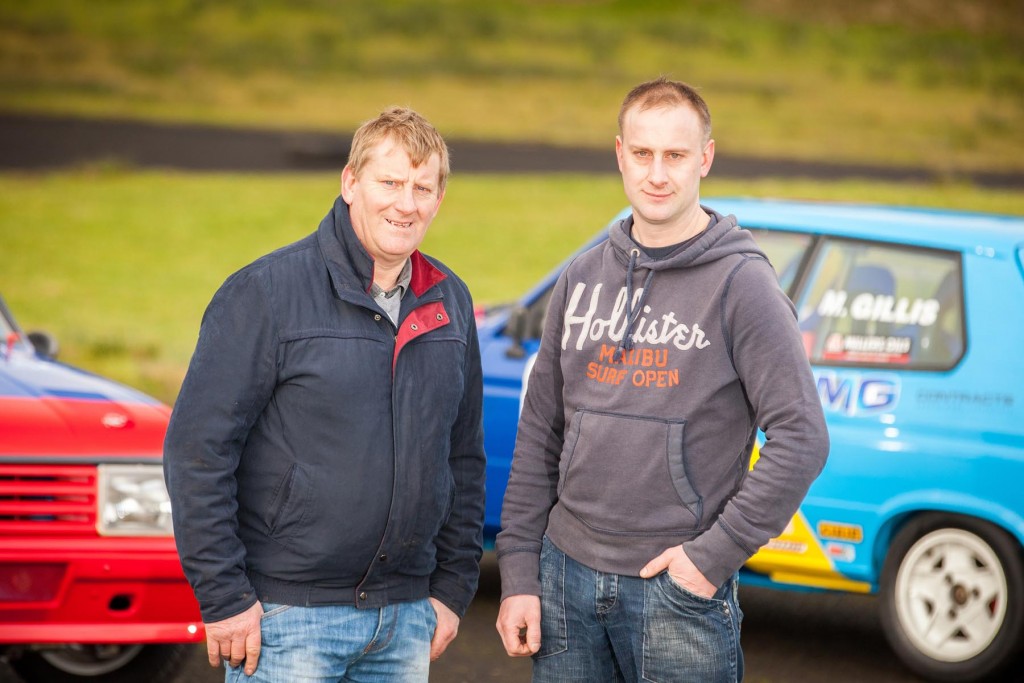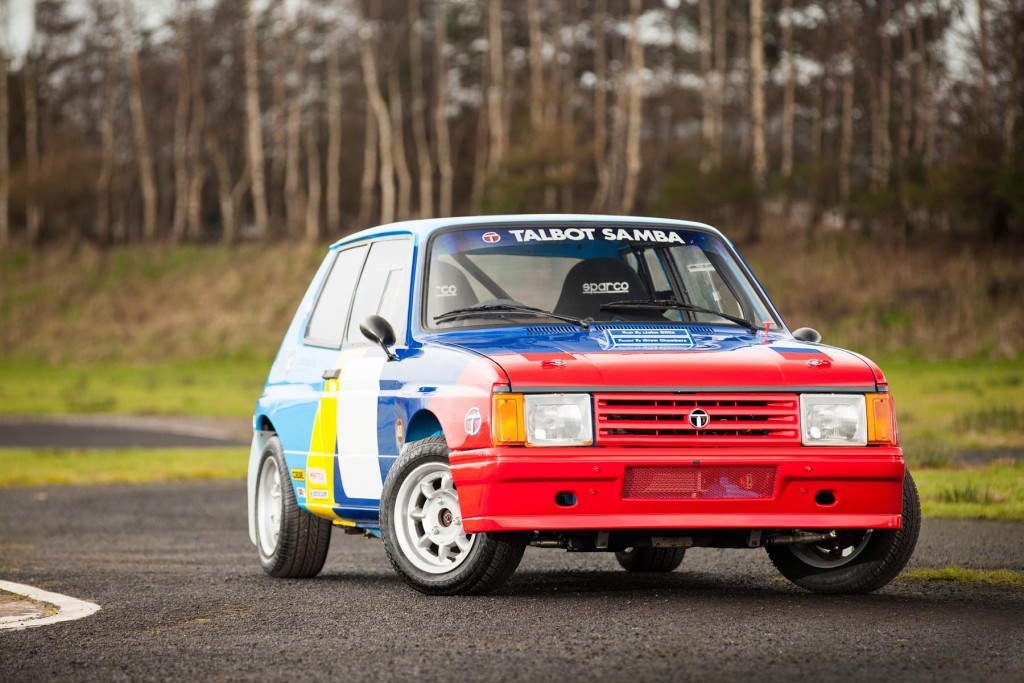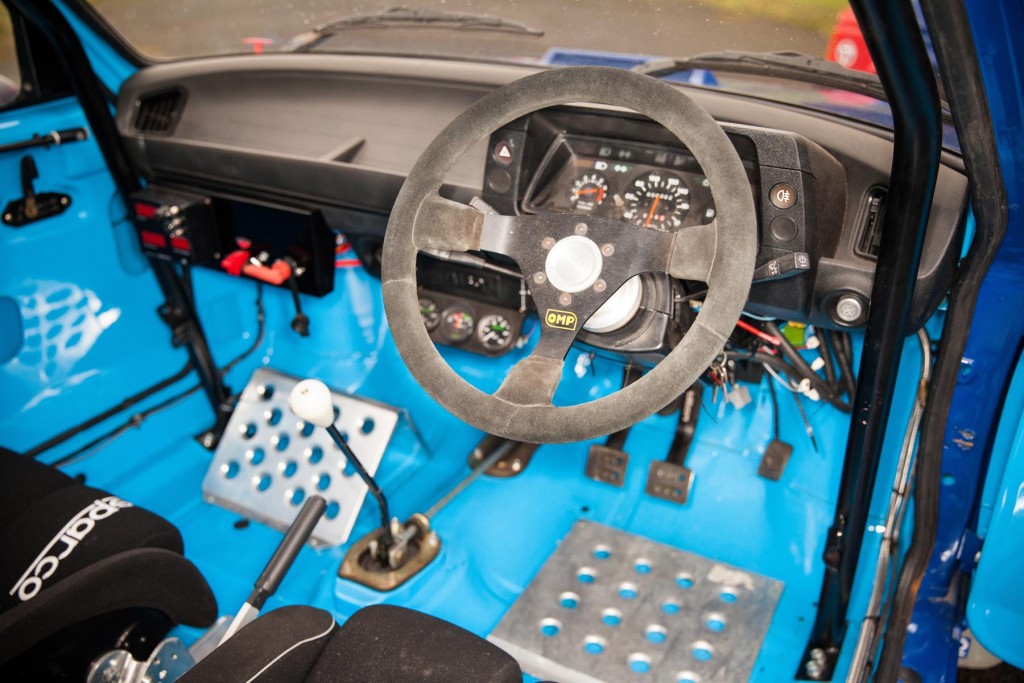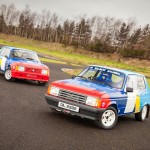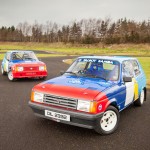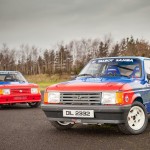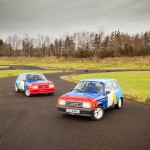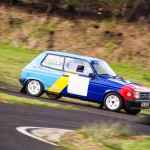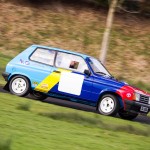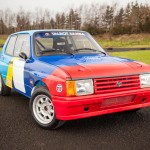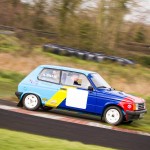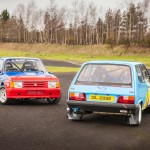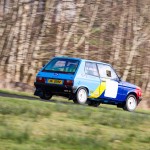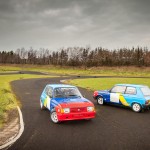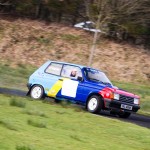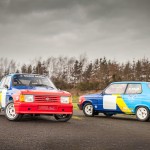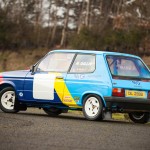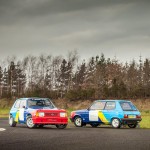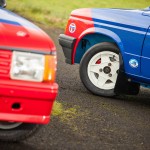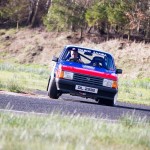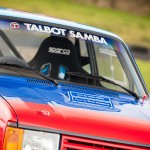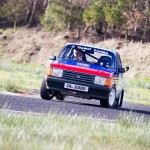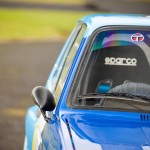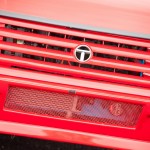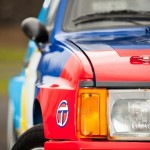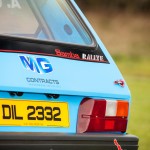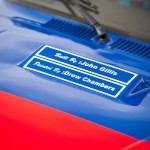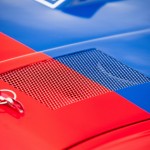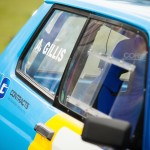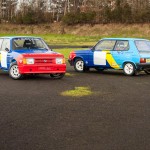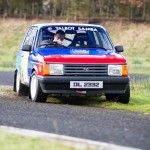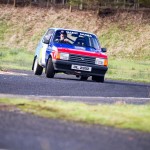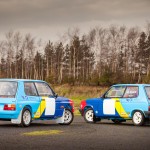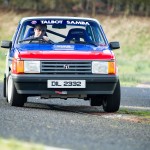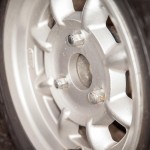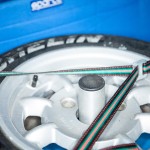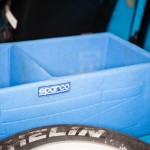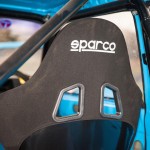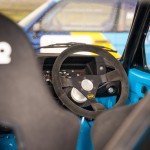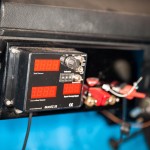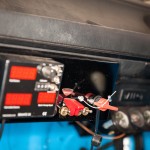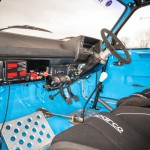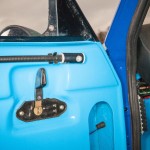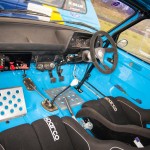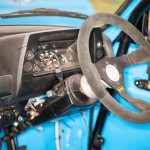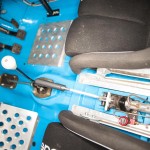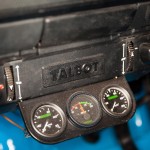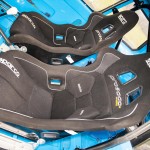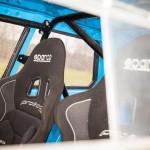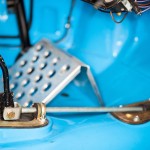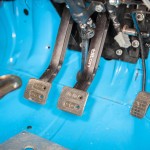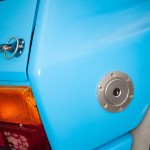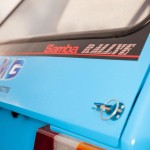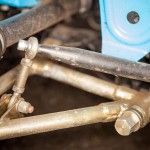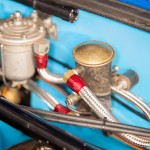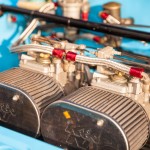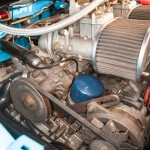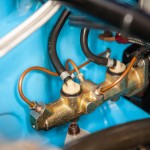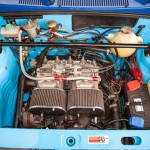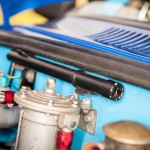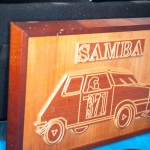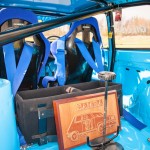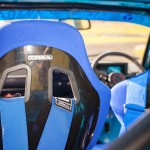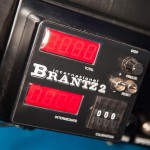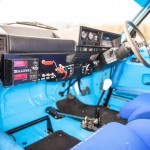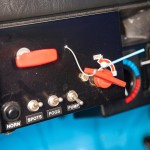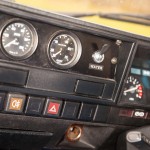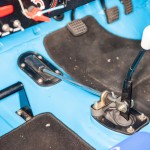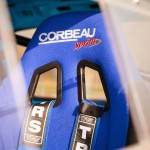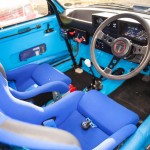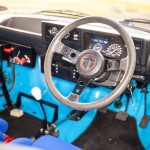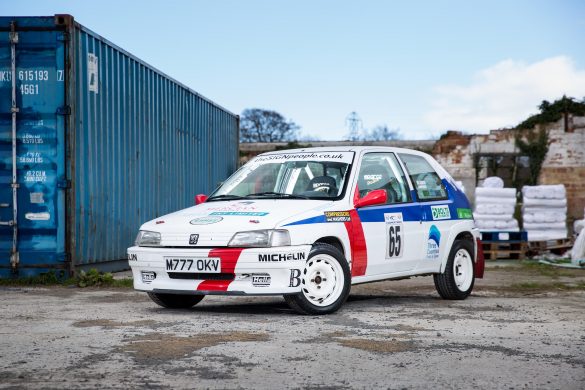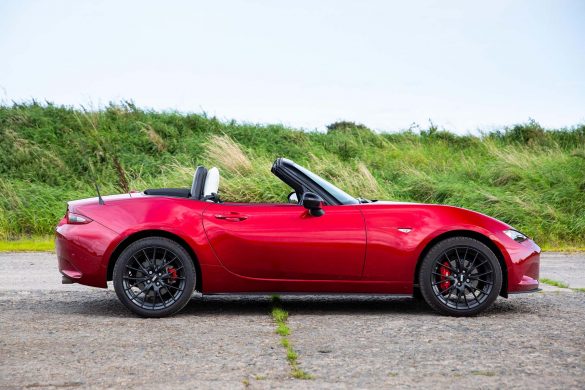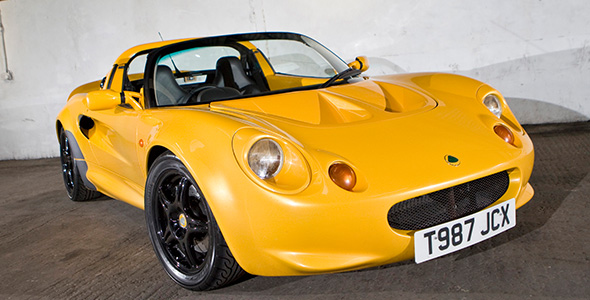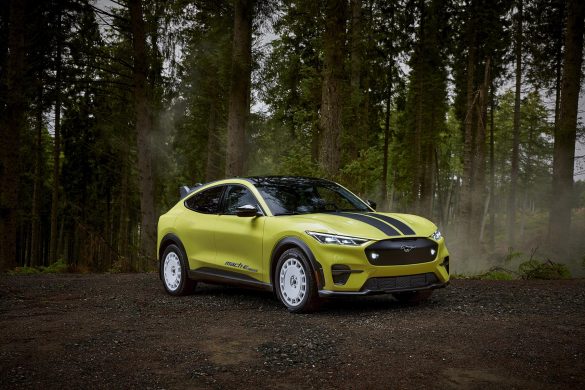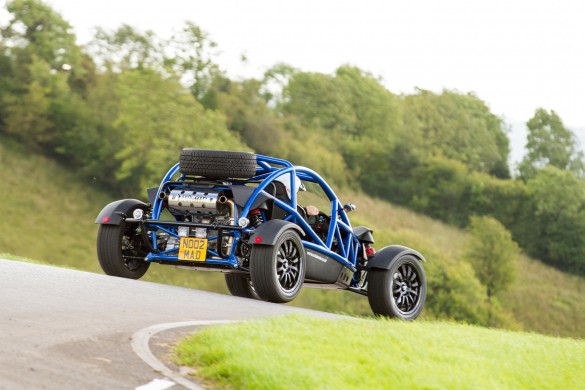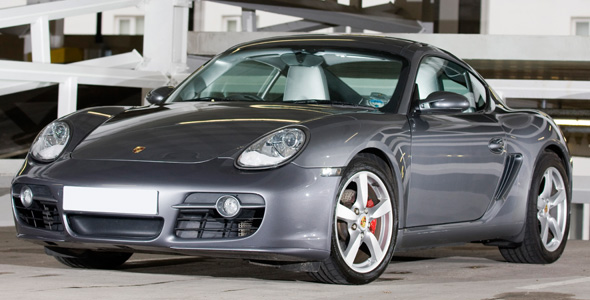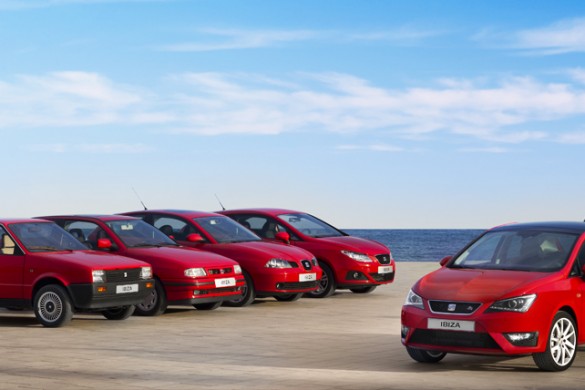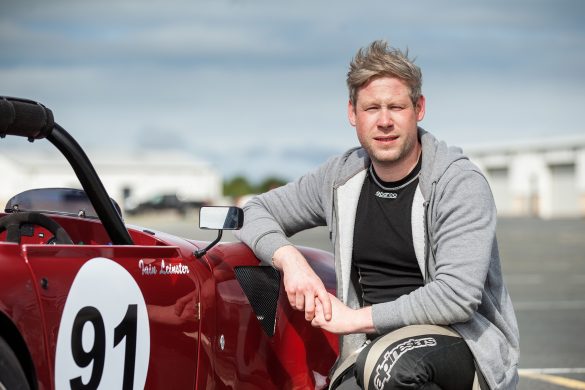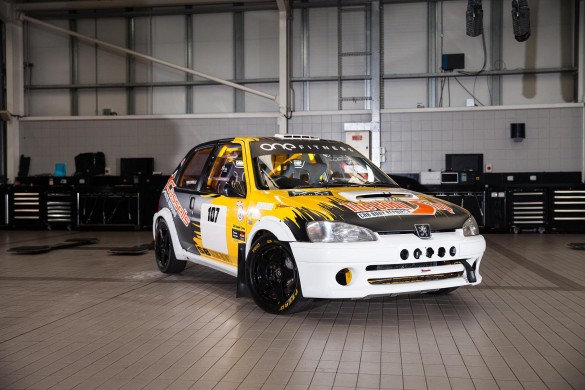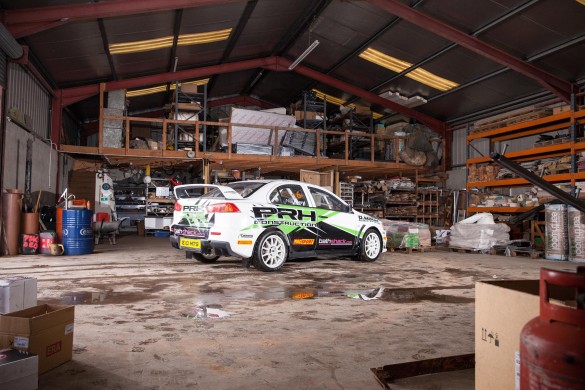If the word ‘Samba’ is derived from the Angolan term ‘semba’, which referred to an invitation to dance, then the Talbot Samba can be regarded as Talbot’s final dance…
Marketed by Peugeot S.A. (PSA) Group under the Talbot brand, the Samba was the last new Talbot put into production. Its demise in 1986 effectively heralded the end of the Talbot brand for passenger cars but thankfully that didn’t happen before PSA Group dabbled in a bit of rallying during that unique Group B era…
It was back in 1982 that Peugeot Talbot Sport decided to create the Samba Rallye as their budget entry level rally car. The cars were developed at Peugeot Sport Velizy, unlike all other Talbot projects which came together at Peugeot Sport UK’s Coventry headquarters.
The aim was to homologate the Samba into the smallest Group B-9 category, which was for engines less than 1300cc. To do that, a little bit of engine trickery was required as the 1360cc Peugeot engine was too big while the 1124cc engine was too small.
Instead, Peugeot Talbot Sport married the block and pistons from a 1360cc engine with the crankshaft and con rods of the 1124cc. The result? A displacement of 1219cc!
The first Talbot Samba Group B rally car was born in 1982. Weighing 780kg with a power output of around 135bhp at 6,700rpm and 147lb-ft at 5,400rpm, this was designed to be a potent, yet affordable, rally car at National level. A Group B car for around £12k? Yes please!
The following year, in 1983, a Group B ‘SRE’ version was launched. Using fibreglass parts such as the doors, bonnet and boot, weight was reduced to 675kg. Coilover suspension was used and four-piston brakes on the front combined with two-pistons on the rear improved stopping power.
Engine displacement was increased to 1285cc while power output was around 130bhp and the car came complete with a short ratio gearbox with limited slip differential.
Not content with stopping there, 12 months later an ‘SRE2’ version was launched. Even more fibreglass was used as the quarter panels, meaty wide arches as well as the front bumper (which had cooling ducts to help cool the brakes) were all made of fibreglass. Engine displacement increased to 1296cc and more aggressive camshafts helped to achieve 136bhp.
The Peugeot team made a catalogue of Samba Group B parts available to privateer drivers, allowing private teams to build their own cars. It should come as no surprise then that fairly quickly, some privateers started installing even bigger engines into these pocket rockets!
The Gillis Family
Father and son, John and Alan Gillis, who both live in Northern Ireland, are hugely passionate about Talbot Sambas. It is their two Group B Sambas that grace this blog, with father John owning the wide-arch ‘SRE2’ version while Alan owns the standard arch ‘SRE’ car.
Interestingly, their passion for these rare competition cars happened purely by chance. Alan had owned a Ford Sierra RS500 Cosworth but an accident in the rear-wheel-drive beast led to a discussion with Malcolm Montgomery of Montgomery Motorsport.
“We were at Malcolm Montgomery’s premises in Augher and he suggested that given we had more experience of front-wheel-drive cars, then maybe we should use a front-wheel-drive car for competition,” Alan told us. “He showed us the Samba that he had and after we left, my Dad and I discussed it on the way home. While on our way back, we ended up calling Malcolm and agreed to buy it!”
Their first Samba was a 1285cc standard Group A car and it was that car that ignited their interest in these flying machines. A few years later, they came across a Group B Samba that was being sold by Enniskillen man, Drew Chambers, and decided to buy it as well.
“At that time, around 15 years ago, Drew had decided that he had enough of rallying,” Alan explained. “So we bought the car and everything else that went with it. It was a 1360cc with twin 40s and a standard 4-speed gearbox.”
“Then the engine blew up at Kirkistown in 2001 so we strengthened the bottom end, fitted some steel rods and raised top pistons – it was put out to 1440cc with twin 45s. It also has Group B cams, 8 port head, limited slip differential, and I changed the gearbox to a 5-speed close-ratio ‘box.”
Complete with its stage three paddle clutch, twin 45 Webers, AP brakes, 4-way McPherson suspension and a selection of lightweight panels including the bonnet, doors, and boot lid, this really is a little pocket rocket!
With two Sambas in their fleet, John and Alan entered numerous sprints and hillclimbs around the country, winning various accolades along the way.
“I spent three or four years doing the hillclimb and sprint championships as well as a few rallies,” Alan said. “Then, when we got the second car, dad started using the white one and finished in the top three in his class on a few occasions.”
John added: “There was one year – I think it was around 2002 – that I entered a lot of the sprints and hill climbs. I got three outright wins, a second and a third in the two championships, as well as best kept motorsport car of the year. We both won that award.”
In 2003, John came across a wide-arch Group B Samba that was sitting in a hen house in England. As it transpired, the car had been used in rallycross before being left to rot away in a corner. It was a real barn find, in the true sense of the word!
“I was scraping the internet looking for parts to see if there was anything of any value,” John said. “I came across the car and it came with a complete engine and running gear as well as a new head and new manifolds. A big spares package came with it so I decided that I was going to go for it.”
“The day I lifted it, my wife came with me,” he added. “There were chickens flying out of it! After I put the Samba on the trailer, I got into our road car afterwards and my wife asked if I actually gave money for the car!”
“I think it was £1,500 or so, which was a lot of money for what I was bringing home. The car had finished its life in rallycross – it was in terrible shape – but I knew there was enough with it that would let me make something out of it.”
To help with John’s Samba build, the father and son decided to sell the white Samba that they had purchased from Malcolm Montgomery. And ironically, when Drew Chambers saw it for sale – the same person that had sold them the Group B Samba having decided to hang up his helmet – he decided to buy it!
With some extra cash in the bank, John set about starting his new Samba wide arch project…
“I would like to have restored the original shell that came with the car but it was too far gone,” John admitted. “So once it was home, we stripped everything off it and I proceeded to put it into a new shell that I had in storage.”
“Some of the bits that were on the car, like the front arms, were all twisted and bent so I actually remade those,” he added.
Work on the car took a back seat for a few years after John decided to move house while his son, Alan, started a family. Everything was put on hold for a while but now progress is being made on John’s Samba once again.
“If everything goes OK then we’re hoping that the car will be out somewhere later this year,” John said. “The engine is still to be finished. The bottom end of it is all steel and it has JE pistons. It’s all lightened and balanced.”
“It also has a Quaife close ratio gearbox and limited slip,” he added. “We also changed the clutch setup. The standard road car ran with a cable but everything in my car has been changed to hydraulic.”
“There’s also a Tilton pedal box system which I did all the design work for (to get the pedal box to fit) and the car has adjustable AVO suspension. We can also adjust the caster and camber very easily from underneath the car. Settings in the car can be slightly different for sprints and hills as they’re two slightly different terrains so that will make it easier to change.”
“There’s also a different cam in it. My son’s car has a Group B cam but mine is nearly a full race cam which will give a different power delivery. They used a similar one in Europe but they never brought it to here. Mine will rev to around 10,000rpm whereas his will rev to 8,000rpm.”
“I’ve put a lot of time and effort into making it work. If my figures are right, from 0-100, a Subaru Impreza needs 425bhp to start competing with my car.”
Meanwhile, Alan’s car is ready to go again. His last events were in 2012 when he entered the Maze Long Kesh Rally and the Loughgall. Unfortunately, on the night before he contested the second Loughgall event of the year, the car’s headgasket gave up.
With a young family on the way, the car has parked in his garage since then. It is only recently that he has managed to get it back to full health, but now with a three-month old in his house, he will still find it difficult to get behind the wheel again!
“This year we’ve done all we can with the car,” Alan said. “The headgasket has been sorted and I’ve put in a lightened and balanced flywheel. Hopefully, I’ll be back out next year!”
There can’t be many of these original Group B cars left in world so this is one father and son duo that can count themselves very lucky indeed!
Spec Sheet: John’s Group B Samba (SRE2)
Engine: 1440cc, J.E. Pistons, Carrillo steel rods, steel crank
Modified Group B cam (supplied by Belgian company)
8 port head
Twin 45 Webers
Lightened and balanced flywheel
Stage 3 paddle clutch complete with pedal box.
Quaife 5-speed close ratio gearbox with LSD
AVO coilover adjustable suspension
Front arms specially developed to adapt to car
Lightweight panels: bonnet, doors, tailgate, quarter panels, wings
Front end modified for more air flow
13″ wheels (with wider offset than standard)
AP brakes (all around)
5″ wider than standard car
Spec Sheet: Alan’s Group B Samba (SRE)
Engine: 1440cc, steel rods, strengthened bottom end, raised top pistons
Group B cam
8 port head
Twin 45 Webers
Stage 3 paddle clutch
5-speed close ratio gearbox
4-way McPherson Suspension
LSD
Lightweight panels: bonnet, doors, boot lid.
13″ wheels
AP brakes
Standard width.
Words: Jonathan MacDonald | PaceNotes Photos: Graham Curry
Thanks to Mark Hamilton of Audi/VW Spares, Cookstown for the shoot location.
